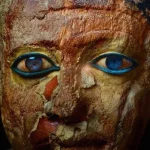Warrior of Capestrano
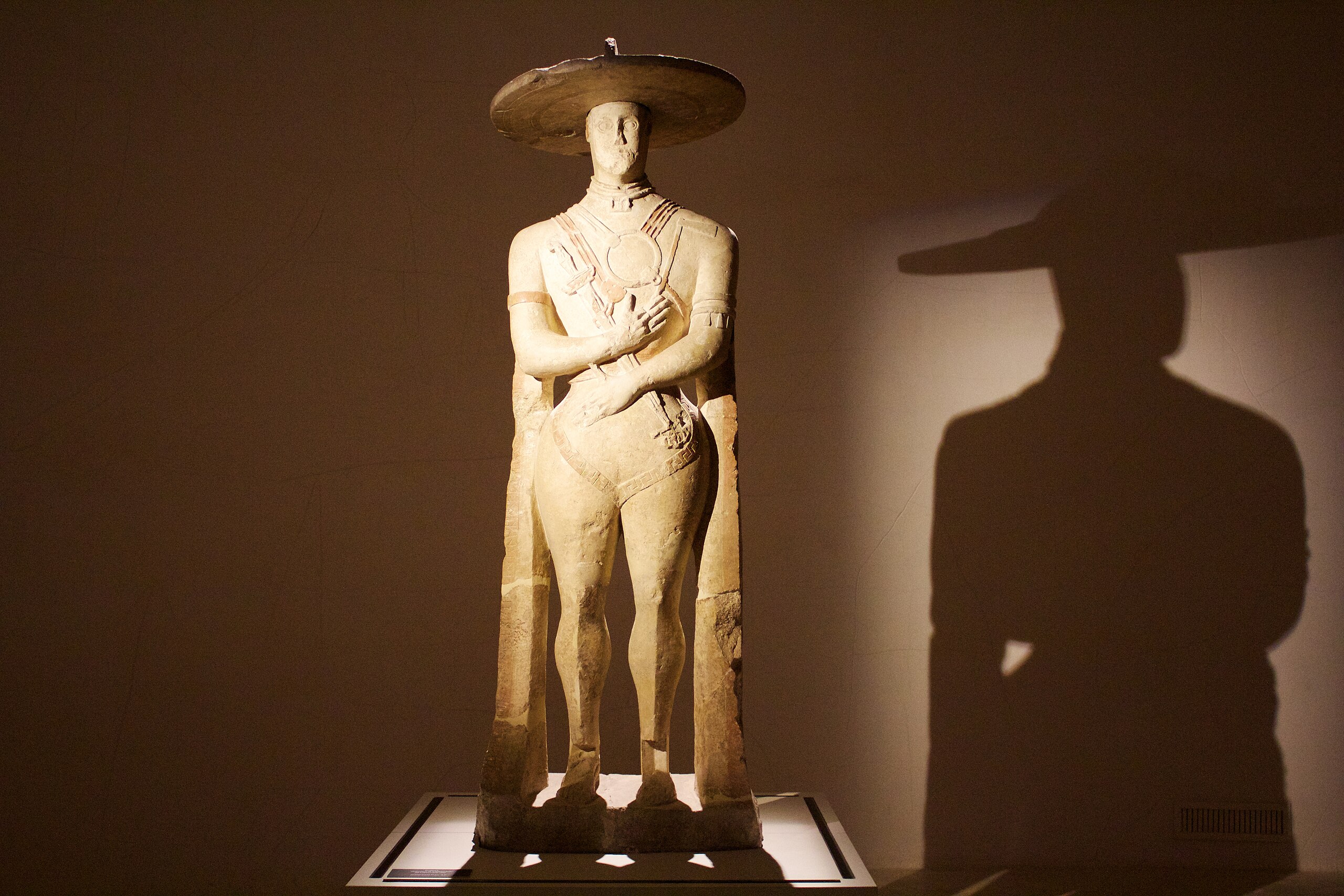
The “Warrior of Capestrano” is a remarkable limestone statue from the 6th century BCE, discovered in 1934 near Capestrano in the Abruzzo region of Italy. Standing over 2 meters tall, this imposing figure represents a warrior from the pre-Roman Italic people known as the Piceni.
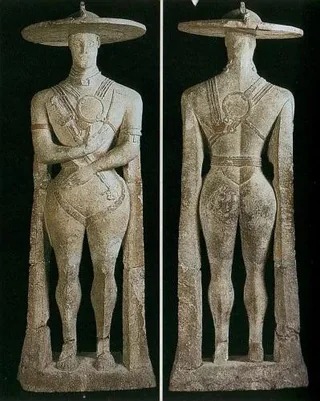
The statue is notable for its detailed depiction of armor, weaponry, and ceremonial dress, including a helmet, a sword, and a distinctive cloak, which together convey both martial prowess and social status.
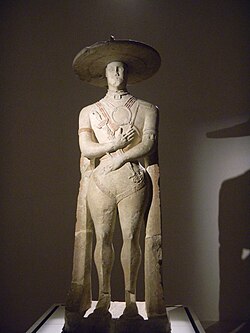
The warrior’s stylized facial features, with large almond-shaped eyes and an elongated nose, reflect the artistic conventions of the time, blending realism with symbolic expression.
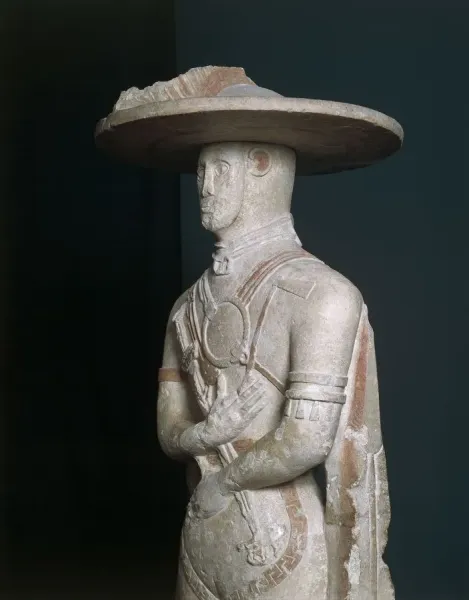
Scholars believe the statue served a funerary or commemorative purpose, honoring a prominent leader or hero of the Piceni society. The “Warrior of Capestrano” remains one of the most important artifacts of Italic sculpture, offering invaluable insight into the culture, artistry, and societal hierarchy of early Italy.











